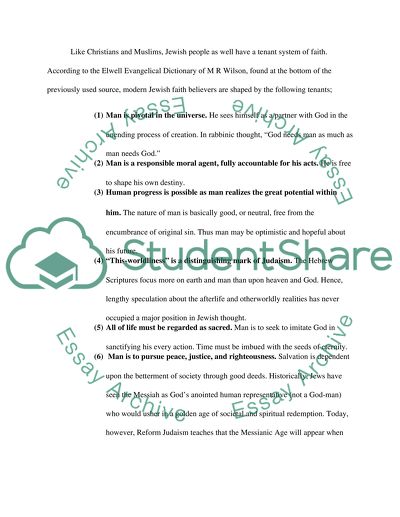Cite this document
(“At the Core of Jewish Belief Essay Example | Topics and Well Written Essays - 2500 words”, n.d.)
Retrieved from https://studentshare.org/religion-and-theology/1500698-biblical-law-ten-commandments
Retrieved from https://studentshare.org/religion-and-theology/1500698-biblical-law-ten-commandments
(At the Core of Jewish Belief Essay Example | Topics and Well Written Essays - 2500 Words)
https://studentshare.org/religion-and-theology/1500698-biblical-law-ten-commandments.
https://studentshare.org/religion-and-theology/1500698-biblical-law-ten-commandments.
“At the Core of Jewish Belief Essay Example | Topics and Well Written Essays - 2500 Words”, n.d. https://studentshare.org/religion-and-theology/1500698-biblical-law-ten-commandments.


